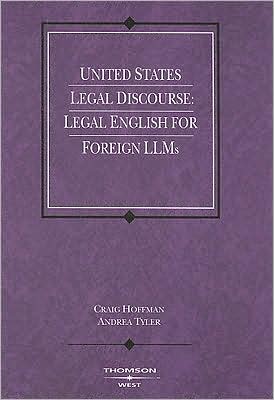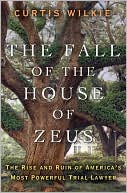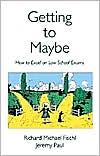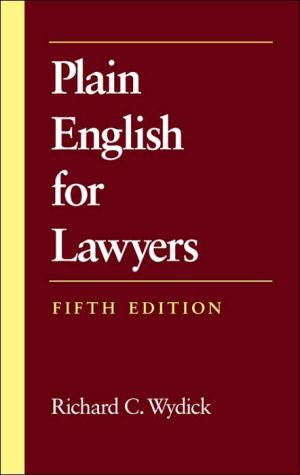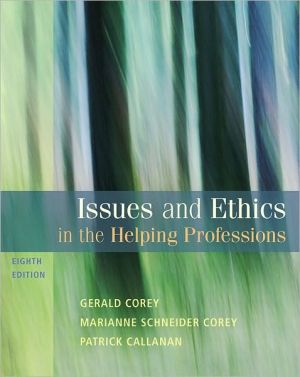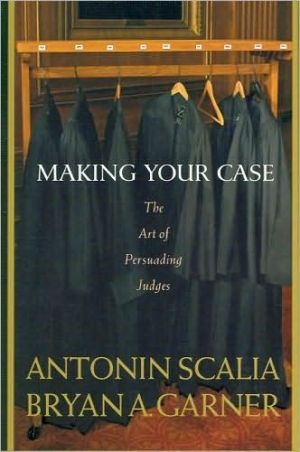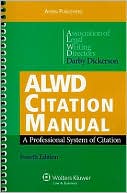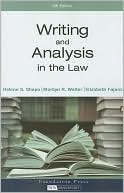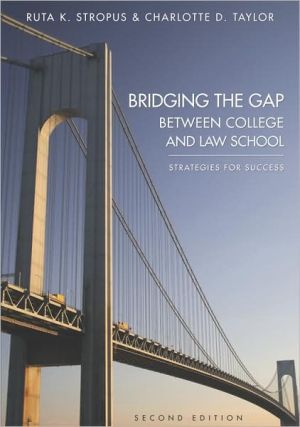United States Legal Discourse: Legal English for Foreign LLMs
Search in google:
Preface iiiBecoming Fluent in United States Legal Discourse 1Introduction 1Legal English vs. Legal Discourse 2Close Reading Exercise 1: An Opinion of the U.S. Supreme Court 7Discourse Practices in Representing a Client 10Introduction 10Discourse Practices in a U.S. Law Firm 11Understanding Law Firm Discourse 12The Discourse of the Initial Meeting 13Preparing for the Initial Meeting: Background Reading 14Discourse Practice 1: Read the Assignment Email 15What Is a Law Review Article? 15Recognizing Common Law Argumentation 16The Common Law Rubric 16Recognizing the CL Rubric in a Sample Legal Discourse 17CL Rubric Exercise 23Close Reading Exercise 2: The Law Review Article 23Introduction to Legal Citation 24Scholarly Discourse About the Law 26Introduction 26Textual Analysis of a Law Review Article 26The Author Must Have a Valuable and Novel Thesis 27The Author Will Have a Point of View 28Analyzing the Structure ofthe Scholarly Article 28The Abstract 28Using the Table of Contents to Evaluate the Usefulness of the Article 29The Author Sets Out His Point of View in the Introduction 30Building Background Knowledge: The Literature Review 31Analyzing Analogous Case Law 31Evaluating a Legal Citation 32Evaluating a Legal Argument 34Close Reading Exercise 3: Writing a Student Article 36Judicial Discourse as the Law 38Introduction 38Understanding the Judge's Point of View 38Understanding the Judge's Audience 39Performing a Close Reading of a Court Opinion 40Evaluate a Case by Examining Its Citation 41The West Summary 41West Headnotes 41Evaluating a Court's Legal Argument 42Establishing the Prior Law: Step One in the CL Rubric 43Explaining the Court's Rationale: Step Two in the CL Rubric 44Comparing the Application of the Law in the Prior Case to the Present Case: Step Three in the CL Rubric 45Making a Ruling: Step Four in the CL Rubric 47Close Reading Exercise 4: Evaluating an Analogous Case 49Evaluating Analytical Legal Writing: The Office Memorandum 50Introduction 50Audience for the Office Memorandum 51Meeting the Expectations of the Reader/the Writer's Purpose 52The Office Memorandum 54Overall Organization of the Office Memorandum 54The Questions Presented and Brief Answers 55Interconnection Between the Questions and the Discussion Section: Signaling the Organization of the Discussion 59The Discussion Section: Common Law Argumentation, Again 60The Conclusion 63Close Reading Exercise 5: Analyzing an Office Memorandum 63
